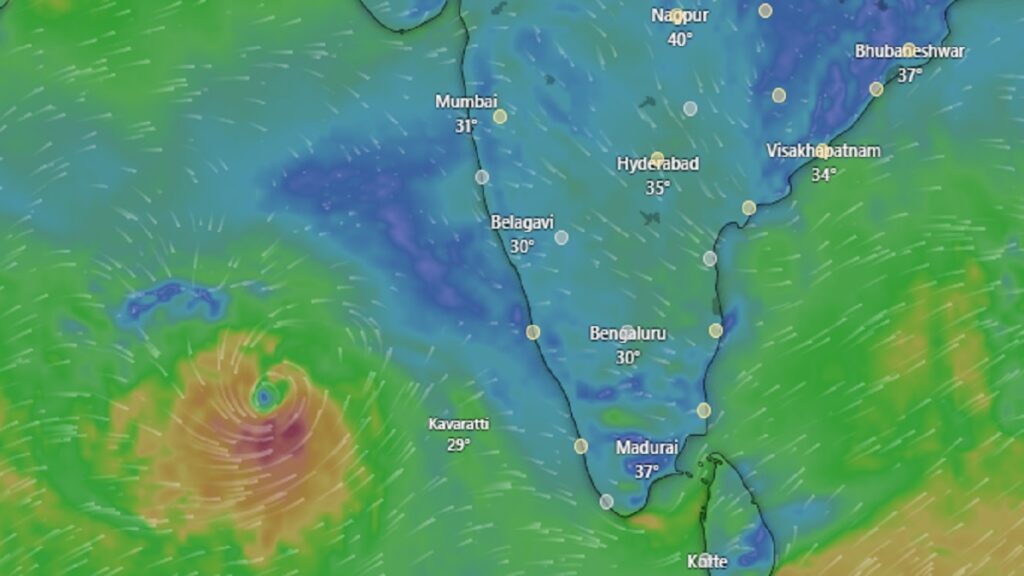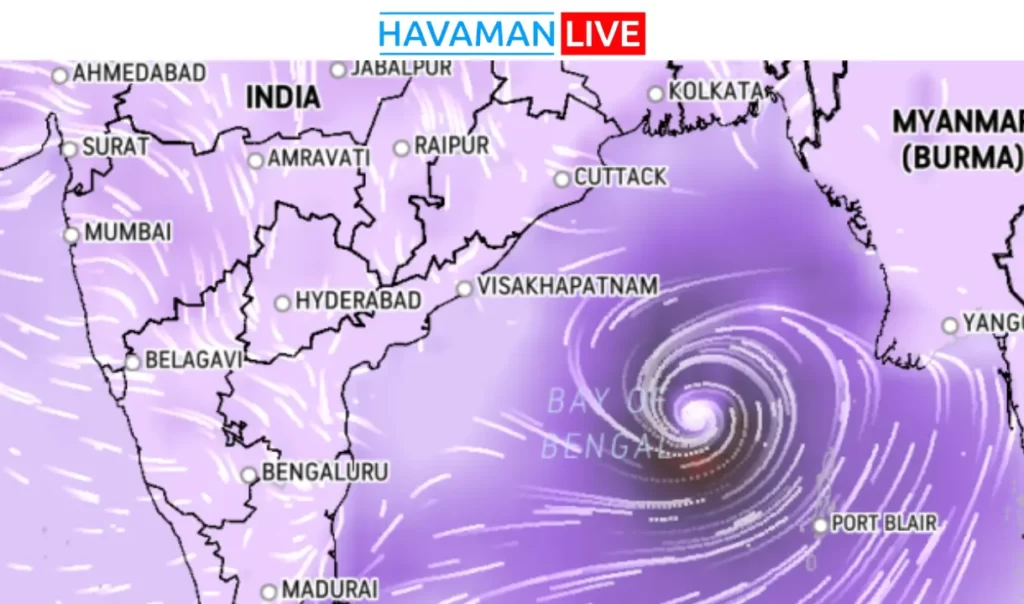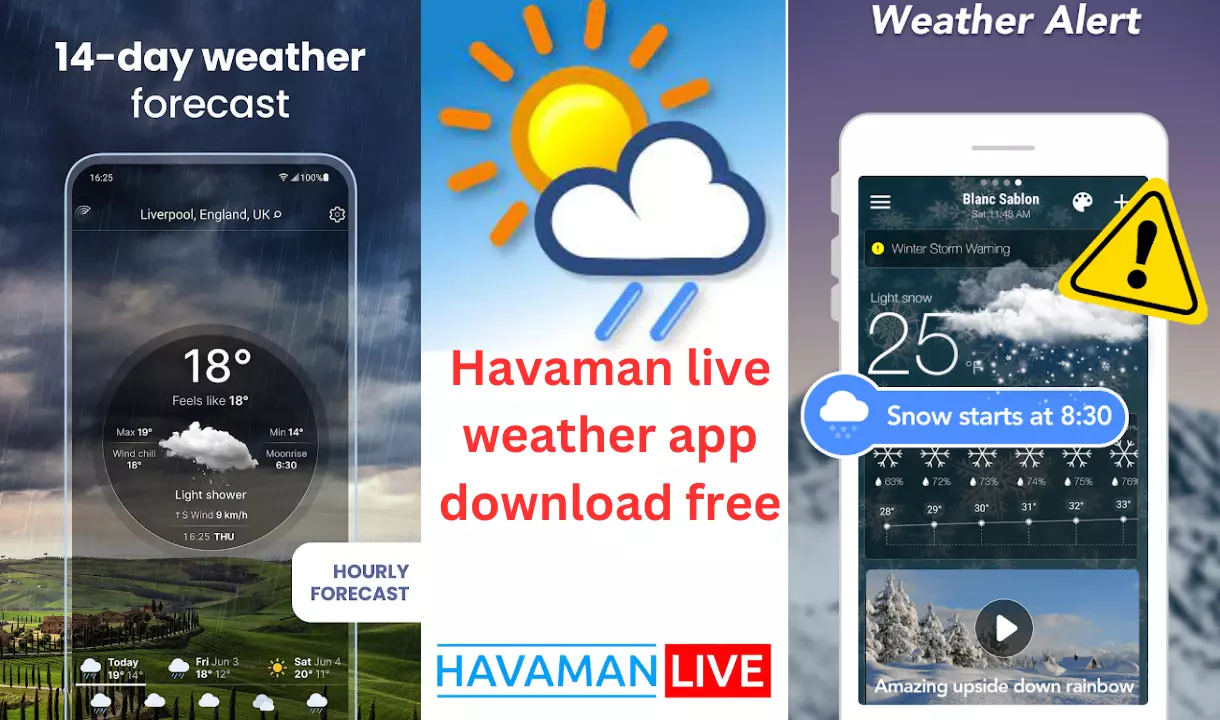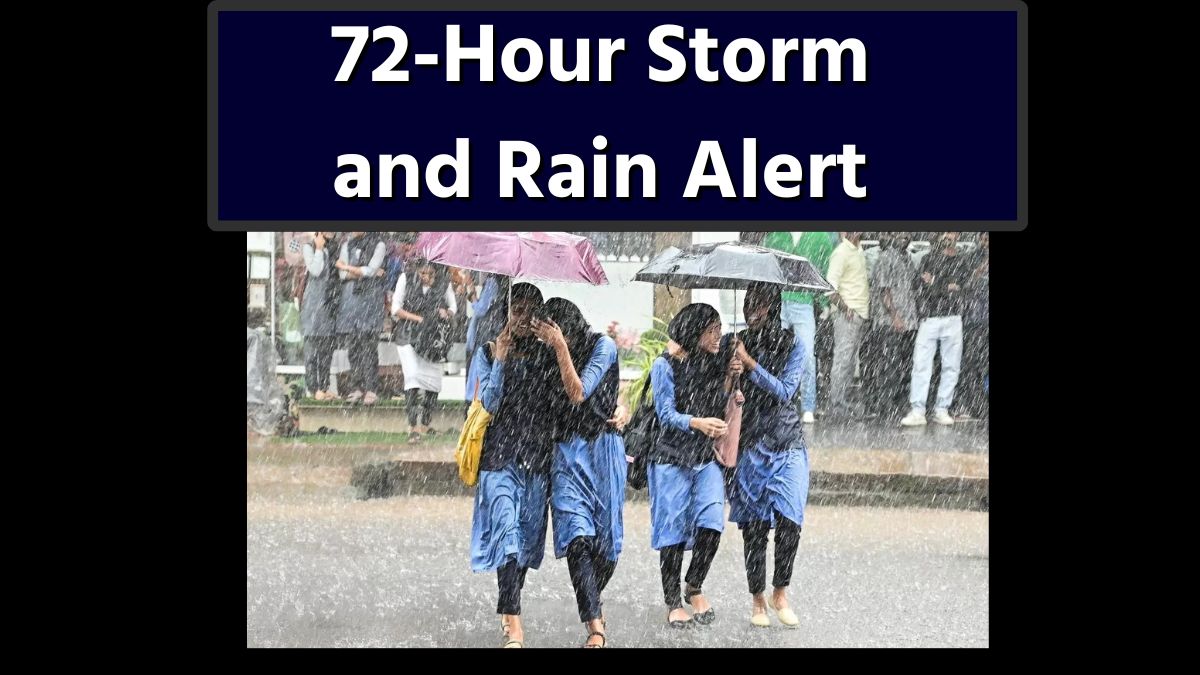Havaman live cyclone today live cyclone tracker map : The India Meteorological Department has announced that several weeks after Cyclone Biparjoy caused damage in north-western India and disrupted crop harvesting, there is a likelihood of another cyclonic circulation forming in the East India region later this month.
the India Meteorological Department (IMD) provided an update regarding a cyclonic circulation observed over the Northwest Bay of Bengal, in close proximity to the northern coasts of Odisha and Gangetic West Bengal.
During a weather briefing from the Meteorological Centre in Bhubaneshwar, it was stated, “A cyclonic circulation is currently situated over the Northwest Bay of Bengal, adjacent to the north Odisha-Gangetic West Bengal coasts, and extends to an altitude of approximately 5.8 kilometers above sea level, slanting southward as it ascends.”
The IMD additionally forecasted that over the next two to three days, this cyclonic circulation is expected to progress in a west-northwestward direction, traversing across northern Odisha and the adjoining areas of Gangetic West Bengal and Jharkhand.
formation of a fresh cyclonic circulation in the Northwest Bay of Bengal around 18, 2023.
IMD Bhubaneswar Director HR Biswas indicated that this cyclonic circulation is likely to result in heavy to very heavy rainfall in certain regions. Biswas remarked, “Currently, the cyclonic circulation is situated in the northeast Bay of Bengal, near the coastal region of Odisha. It is expected to move across northern Odisha, West Bengal, and Jharkhand. Consequently, over the next two days, there is a probability of substantial rainfall, with most areas experiencing moderate precipitation.”
Understanding Tropical Storms, Hurricanes, and Tracking Their Paths

Tropical storms, characterized by exceptionally low surface pressure on Earth, play a crucial role in meteorology. When a tropical storm exhibits wind speeds exceeding 73 mph, it falls into the category of hurricanes. These powerful hurricanes, particularly those of Category 2 and higher, have the potential to unleash natural disasters and extensive damage. Therefore, early recognition and effective management are imperative.
A live map monitoring these natural phenomena serves as a valuable tool for identifying hurricane evacuation zones, issuing disaster warnings like flooding, and enhancing overall public safety.
upcoming cyclone in gujarat 2023 live
Our Hurricane Radar Page provides real-time tracking of hurricanes and tropical storms on a map. To determine the current trajectory of a storm, simply click the icon located in the upper-right corner of the map. You will observe a series of colorful dots delineating the historical, current, and projected path of hurricanes, cyclones, or tropical storms. The projected path indicates the most likely trajectory within a defined area.
On the map, various types of tropical storms are color-coded as follows:
- Tropical Depression (<38 mph)
- Tropical Storm (39-73 mph)
- Category 1 Hurricane (74-95 mph)
- Category 2 Hurricane (96-110 mph)
- Category 3 Hurricane (111-129 mph)
- Category 4 Hurricane (130-156 mph)
Stay informed and stay safe with our comprehensive hurricane and tropical storm tracking system.
Cyclonic Activity in India

India experiences a frequent occurrence of cyclones, averaging approximately nine events each year. These cyclones typically not only enter the Indian region but also make landfall, with only a rare few diverting their course. The Southern, Eastern, and Western regions of India are most commonly affected by these cyclonic phenomena.
The timing of the cyclone season in India is closely tied to the summer monsoon. The most intense cyclones tend to occur in the months preceding (May to June) and following (October to November) the monsoon season.
In the past 12 months, the most severe cyclone to make landfall in India was named “Biparjoy.” It reached wind speeds of up to 180 km/h on June 11, 2023, at 8:30 pm local time, near Mangrol. At that time, it had a diameter of 117 kilometers. According to the internationally recognized Saffir-Simpson classification, this storm was categorized as a level 3 cyclone. Over open waters, wind speeds of up to 194 km/h were recorded.










